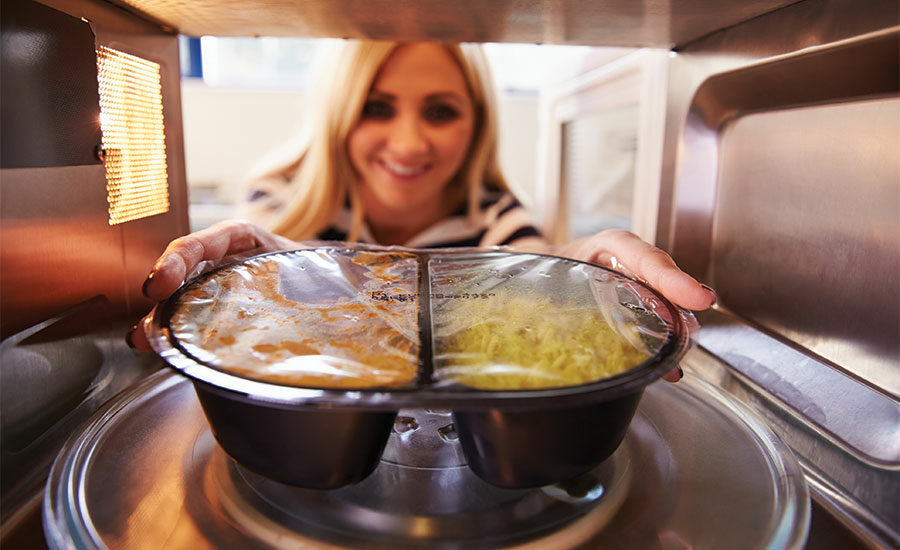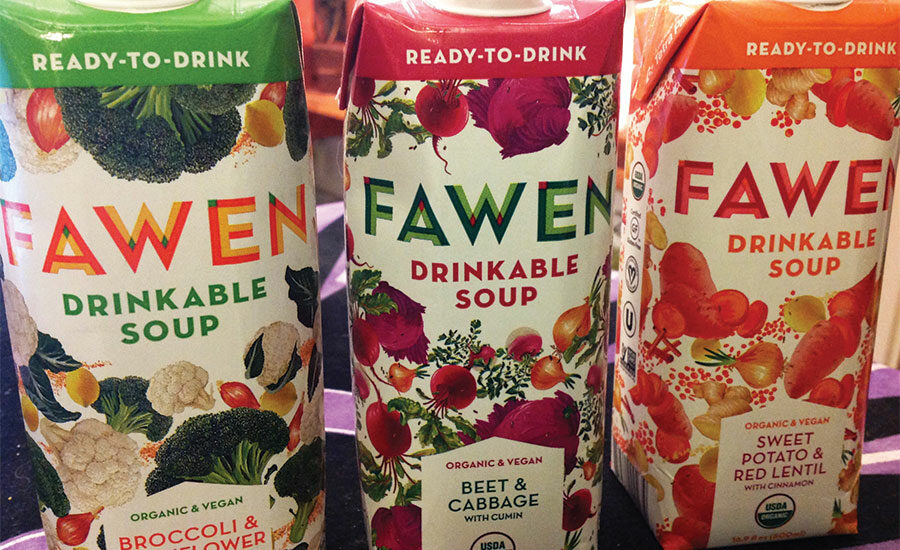A day in the life of a typical food and beverage consumer in North America is faster paced than ever. With more people working longer hours, leading busier lifestyles and facing longer commutes than ever, there’s often less time and energy to find, prepare and eat food in a traditional way.
Today’s consumers are always on the move, often connected to devices and frequently craving convenient snack and beverage options between destinations.
This “on-the-go” trend spans gender, age and lifestyle. It’s just as pertinent to busy young parents and athletic retirees as it is for connected Millennials and middle-aged professionals. You may be one of these consumers without even realizing it.
changing consumer demand
Market research suggests on-the-go is here to stay as brands appeal to increasing consumer demand for more convenience, connectivity, mobility, a need for portable meal replacements and a commuter culture.
The desire for portability is particularly great among younger consumers, with 48 percent saying they prefer eating meals on the go, and 44 percent saying convenience is more important than cuisine, according to Y-Pulse.1
While the home remains the most popular place to snack (82 percent of snack eaters), 29 percent snack at work, according to a 2017 Transumers, Mintel Trend Report. Another 13 percent do so on the go.
The same Mintel report found that 53 percent of adults bought grab-and-go meals last year in the United Kingdom. In the U.S., 37 percent of consumers buy made-to-order and fresh foods and beverages from convenience stores because it’s on the way to a destination. With 35 percent of meals eaten by Millennials equating to snacks, it’s likely that these purchases occurred during off-peak dining hours and served as makeshift breakfasts, lunches or dinners.2
It could be said that today’s consumers view the convenience store as their refrigerator. They want snackable items at a moment’s notice instead of big containers on a preset schedule.
Four Key Considerations
So what should packaging companies do in a world where consumers are less inclined to cook at home or make a big trek to the grocery store? Here are four key considerations to help food and beverage companies better reach these on-the-go consumers in meaningful ways.
- Size matters. On-the-go demand is reshaping portion sizes, and bigger isn’t necessarily better. At Tetra Pak, we’ve found that individual portion sizes often depend on the product. While a half-liter may be an ideal individual portion size of juice, things like protein shakes work better in smaller, 250- to 300-ml amounts that are less wasteful.
- My time, my place. Brands that consider the occasion for their product can make a powerful connection with consumers craving snacks. Fawen, a drinkable soup company, smartly fills its social channels with images related to nutrition and fitness to position itself as a healthy lifestyle brand, not just as a food company. This tactic in particular appeals to snack-loving Millennials who engage with brands everywhere they go and delight in broadcasting their affinity for certain products to their social networks.3
- Make it work. These days, the functionality of a package may be at least as important as the contents inside. If your product is a meal replacement, it may make sense to tell that story on the packaging. If it’s for kids, include appropriate straws and spill-proof designs. If you are producing packaged wine, consider appealing to the casual wine consumer by using packaging that slides into a backpack for an easier experience.
-
Appeal to channel surfers. The grocery store is no longer the sole destination for consumers seeking food and beverage options. In fact, if they’re on the go, it’s often the last place they’ll seek. Meeting on-the-go consumers means meeting them where they are. Therefore, using other channels—vending machines, convenience stores, street vendors—may be worthwhile options.
Creating Convenience Strategy
It’s important to note that none of these approaches will work well alone. Instead, combining these tactics into a smarter end-to-end strategy can deliver a connected approach and help food and beverage makers reap the benefits of on-the-go consumers.
Knowing what on-the-go means, from production to point of sale, is a great way for brands to expand their thinking about what types of products they can offer their key audiences.
A survey of World Packaging Organization members shows that a striking 55 percent of them believe the on-the-go lifestyles are a “very important” driver in the growth of the overall packaging industry.4
From water and juice to fruits and veggies and so much more, it’s clear that future innovations and opportunities for on-the-go consumers are just waiting to be opened.
1 http://www.food-management.com/news-trends/five-things-millennial-foodservice-customers-want
2 http://www.millennialmarketing.com/2012/06/millennials-are-literally-the-tastemakers-in-food/
3 https://www.bcgperspectives.com/content/articles/marketing_center_consumer_customer_insight_how_millennials_changing_marketing_forever/?chapter=3
4 http://www.worldpackaging.org/i4a/pages/index.cfm?pageid=1#&panel1-1


